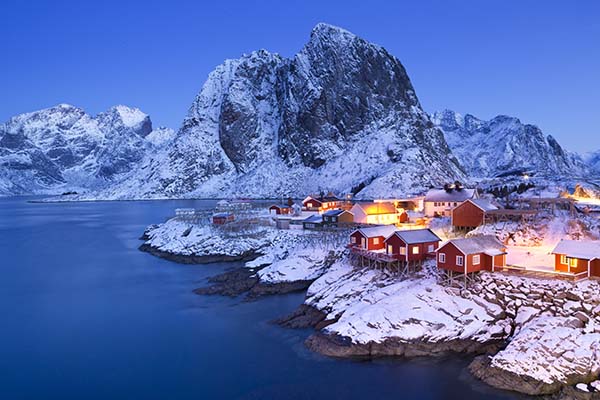
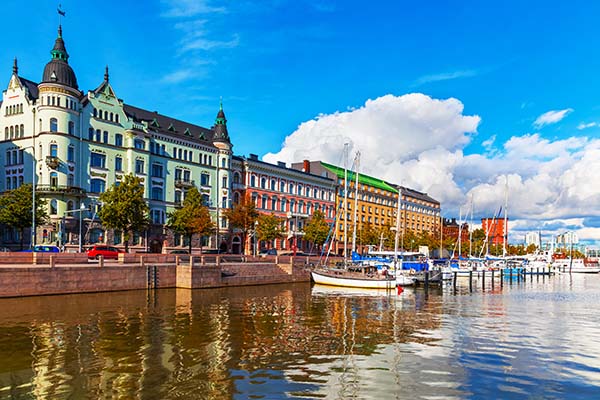
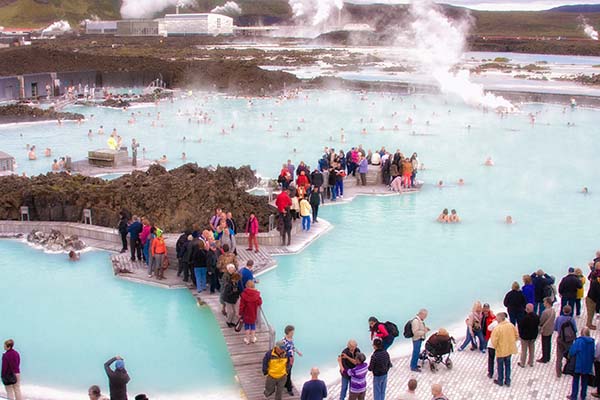
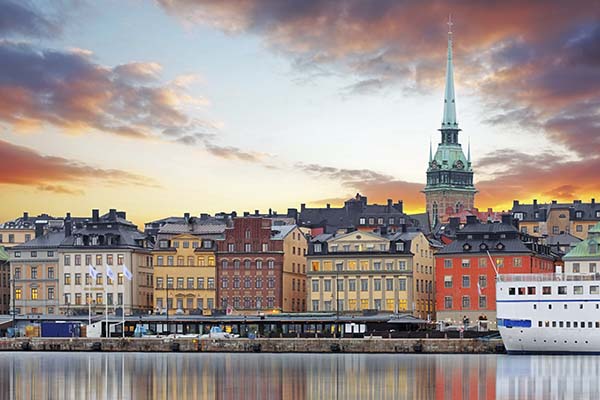
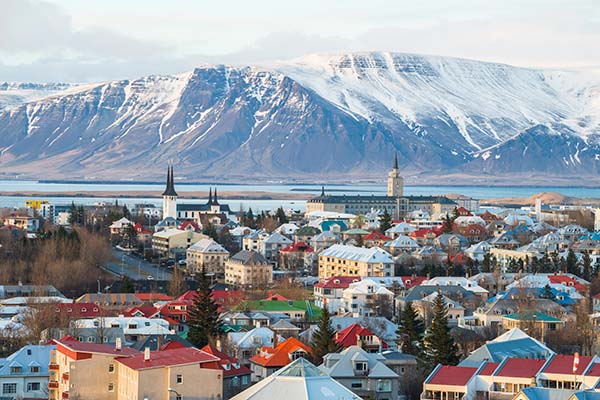
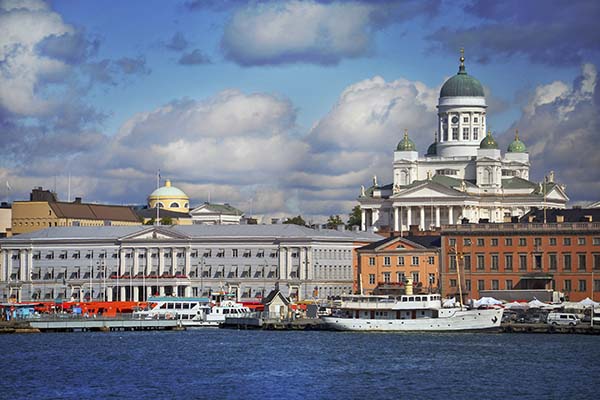
Scandinavia
Brimming with Arctic reindeer, Medieval castles, and Viking heirlooms, Scandinavia is as enchanting as the fairytales it depicts. Scandinavia is also known as the Nordic region, which includes Denmark, Norway, and Sweden, and some references to the area also include Finland and Iceland. While it’s a bit cooler than many travel spots, it’s alive with with vivid natural scenery, renowned minimalist design, and local artisan-enhanced menus. Nothing you’ve ever seen will dazzle you like the glacial-formed fjords, northern lights, and sparkling blue lakes. Run through the poppy fields in Osterlen, pub crawl around Copenhagen, or go ice fishing in Gjovik. Regardless of whether you trek the region by kayak, snowshoe, or bike, you’ll feel like you wandered into a storybook in Scandinavia.
Did You Know?
- Norway has the world’s largest population of Arctic reindeer herders.
- The “moose-crossing” warning sign commonly seen along roads in Sweden are the most popular souvenir in Sweden (taken from their location, and why Swedes replace thousands of these traffic signs each year).
- Two-thirds of Norway are mountainous areas.
- Finland is called “The Land of the 1,000 lakes”, but really the country has more than 188,000 lakes (and 98,000 islands)!
- LEGO® toys got started in Billund, Denmark in 1932, originally manufacturing stepladders, not LEGO building blocks. Billund is now the home of Legoland Theme Park.
- The Finns have had many unusual competitions such as mobile phone throwing; playing air guitar; and sitting on an ants’ nest.
- Finland celebrates an ‘International Day of Failure’ on October 13th. It was started in 2010 and has spread to 17 countries so far. The day is to learn from your mistakes. Want to join in? Send in a sefie ‘fail.’
- Swedish people recycle so much that the Waste-to-Power plants actually import waste from Norway.
- Good drivers in Sweden can take part in a lottery funded by bad driving fines.
- Swedish pregnant women get a starter kit to help them with new baby costs.
- There’s a 100% tax on gasoline in Denmark.
- It’s illegal to burn any foreign flag, but it’s allowed to burn a Danish flag.
- Danish students receive free tuition, and roughly $900/month, with absolutely nothing to repay, ever.
- Scandinavians have been skiing for over 6,000 years, and even worshiped a ski god: Ullr.
- Scandinavians publish more books (per capita) yearly than any other area.
Travel Tips
All U.S. and Canadian citizens must have a passport to travel to Scandinavian countries. The passport must be valid for 6 months after your planned return date. You do not need a visa, as long as your stay is no longer than 90 days. Some countries may allow an extended stay with a permit after arrival. For extended stays, or with any other concerns check with the U.S. embassy or consulate of the countries you plan to visit, or contact your travel expert to guide you. https://www.usembassy.gov/
Scandinavia is generally cooler than many travel destinations, so summer is a great season to visit. July is when many of the local tourist industries are in full swing, attracting crowds from the U.S. along with Europe and the UK. Because of the northern latitudes, days are longer – rising at 4am and setting around 11pm at summer solstice. Thus, the average temperuature during the summer is 60-70F. Dress for cold; even in the summer it’s good to have light sweaters or other thermal layers. Winter is much cooler, and only recommended when going for snow sports or winter festivals. Many hotels are even closed during the slow season.
Each country has their own official currency, which is not interchangeable between the various Scandinavian countries. Bring your credit and debit cards, which are widely accepted. Use the ATM machines found in the main cities as you need cash – and, if possible, carry a small amount of local cash along with your cards, so that you can get what you need in remote areas.
You can use your mobile phone to stay connected in Scandinavian countries. Contact your cell phone provider before you travel, to see if they have an international plan for your needs. If the plan isn’t sufficient, you may consider getting a SIM card with a local provider in the country you’re visiting. There is ample WiFi in most populated areas, and use it when possible to minimize costs. You may also be able to make phone calls over the internet with Skype or WhatsApp.
Public transportation in Scandinavia is some of the best. Bus travel is widespread in, and rail is also a great option for longer distances. There are also ferries available that are ideal for some city-to-city treks. And if you book ahead, flying may be the easiest way to hop from country to country. If you want to rent a car and drive, their road regulations are very similar to those in the U.S.